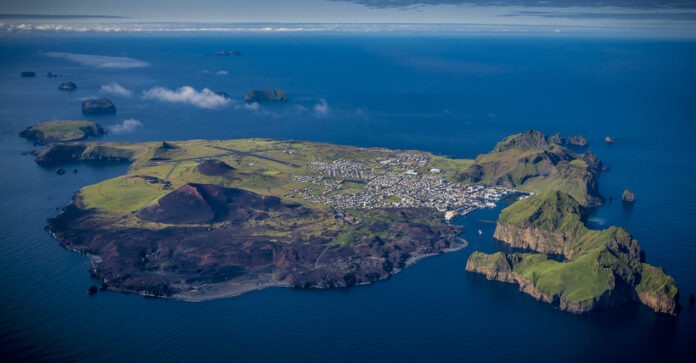SalmonBusiness spoke to Laxey chairman Lárus Ásgeirsson to find out how the land-based salmon farming revolution is set to transform one of Iceland’s traditional fishing powerhouses.
In the last decade, Icelandic aquaculture has surged, turning the country into a global hotspot for salmon farming.
Since 2016, the island nation’s traditional salmon production has skyrocketed at an impressive 35 percent compound annual growth rate, reaching 43,000 metric tons.
Highlighting this booming trend, SalmonBusiness recently reported on how land-based salmon farming startup Laxey, secured a whopping €42 million from local backers.
This influx of investment is not just a game-changer for the industry; it’s revolutionizing Iceland’s entire economy. By 2032, the sector’s sales could rocket to a staggering €1-3 billion, potentially contributing to a massive 6 percent of Iceland’s GDP, as outlined in a report from the Icelandic Ministry of Food, Agriculture and Fisheries.
Fishing powerhouse
Nestled in the picturesque Westman Islands, or Vestmannaeyjar, off Iceland’s southern coast, Laxey stands at the forefront of this aquacultural renaissance.
The islands have always been a stronghold of the Icelandic fishing industry.Since the fleet was motorised more than 100 years ago, the population of the island has boomed, peaking at 5,200 in the 1970s. Since then islanders have fought to maintain their prosperity and way of life.
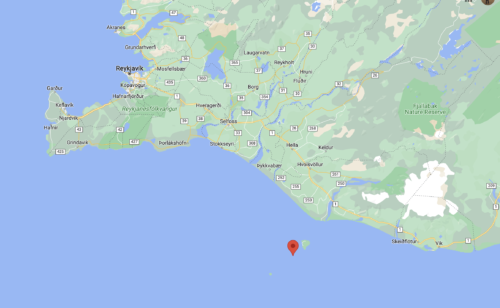
Today there are two large processing plants on the island in addition to a number of smaller companies. The larger freezing plants have specialised in processing catches of herring and capelin, as well as lobster. Most of the smaller companies work mainly with fish such as cod, haddock, and pollock among other species. The catch is shipped direct from the islands to European markets.
It is this existing infrastructure and expertise that Laxey intends to tap with its plan for a 27,000 metric ton salmon farm.
The aim of the project, according to Laxey Chairman Lárus Ásgeirsson, is to add more stability to the island’s seasonal economy by diversifying beyond fishing and tourism.
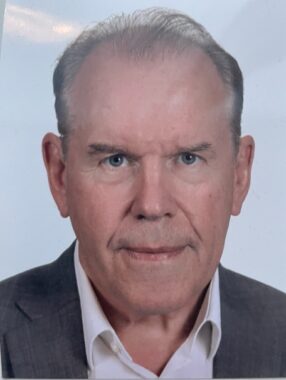
The initial operational phase is expected to commence by mid-2024, with the first sales anticipated for late 2025. The project is expected to offer over 100 full-time employment opportunities upon reaching its full operational capacity.
The plan is simple: the first section will be cashflow positive as a stand-alone operation, with each additional section increasing the efficiency of production, with lower investment costs and operating costs per kilo produced.
Green credentials
“We are fortunate to be located in the Westman Islands, a place with a rich history in the seafood business and access to a skilled labor force,” Ásgeirsson told SalmonBusiness.
Laxey was founded by a Westman-based group of entrepreneurs, led by the Oskarsson family. The family has recently sold its seafood company, Os Fishing, and is reinvesting in the land-based salmon farm as an anchor investor, according to the Laxey exec.
“The point was really to support the community to add more or diversify in a way to have a stable year round business and to attract the well educated and allow young people to stay on the island.”
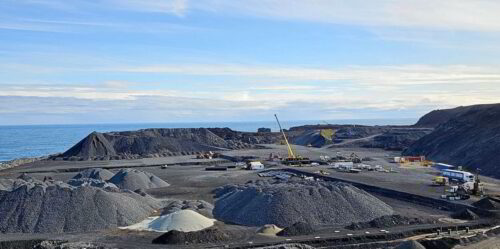
Being based on an island in the middle of the north Atlantic might not provide the most obvious market access, but Ásgeirsson sees it as an advantage.
“We are able to ship by ocean trade and reduce the CO2 footprint both to the US as well as to Europe,” said the Laxey chairman.
In October 2020, Faroese salmon producer Hiddenfjord began shipping its entire production by sea, pioneering a model that Iceland’s farmers’ are keen to adopt.
Adding to the business model’s environmental credentials is the plan to use waste collected from the site as fertiliser, slashing the import costs of such materials for the country’s farming industry.
Furthering the project’s eco credentials, Laxey will base its production on 100 percent renewable energy sources and will recycle biological waste for fertiliser production.
Apart from its location, Iceland offers other advantages over its competitors, according to Ásgeirsson, who cites the unique geology of the country.
“Our water is lava-filtered and has no organic matter, providing an ideal environment for farming salmon,” he said.
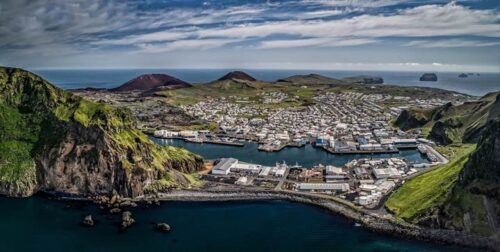
In it for the long run
In contrast to some speculative projects globally, Laxey’s investors have a deep connection to the local area. “This is not an overnight venture but a long journey. And we are fully committed to it,” said Ásgeirsson.
Asked whether recent troubles experienced by traditional salmon farming in Iceland could play into the hands of the land-based sector, Ásgeirsson was diplomatic.
“I think that’s that could happen, he said. “However, I think we work as a team, there’s more to keep us together than to to drive us apart, we are just using two different ways of raising salmon.”

